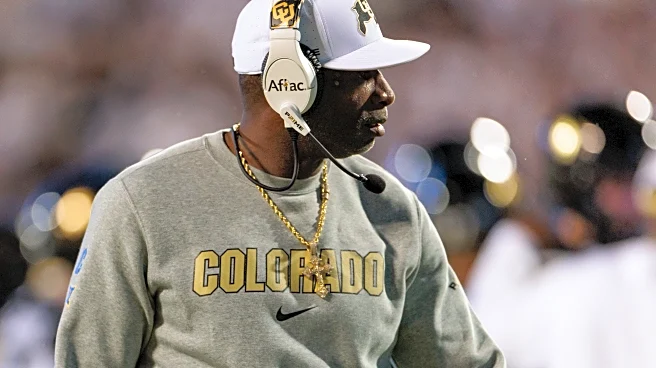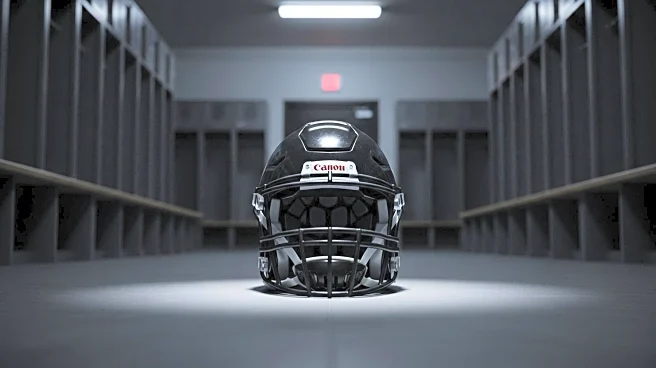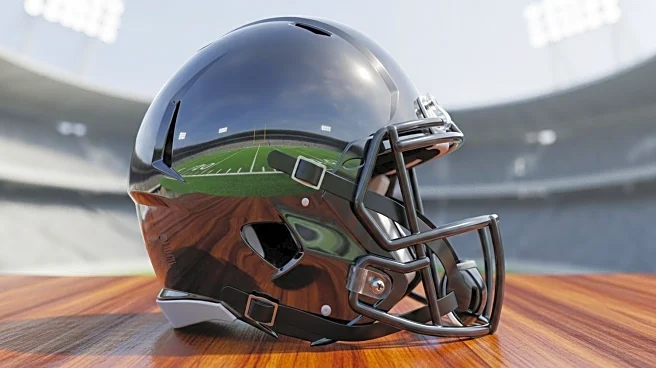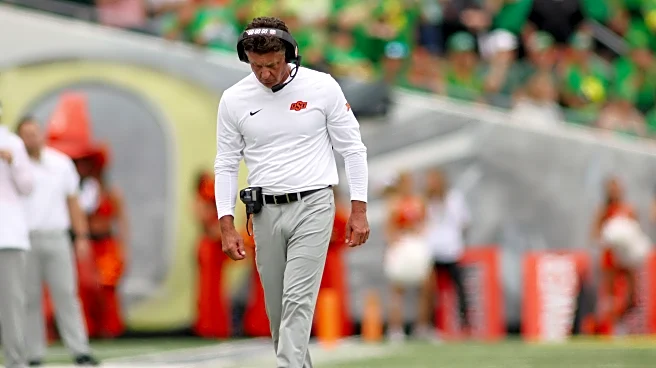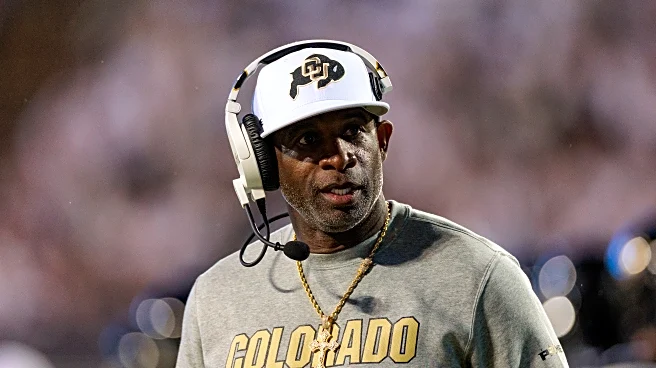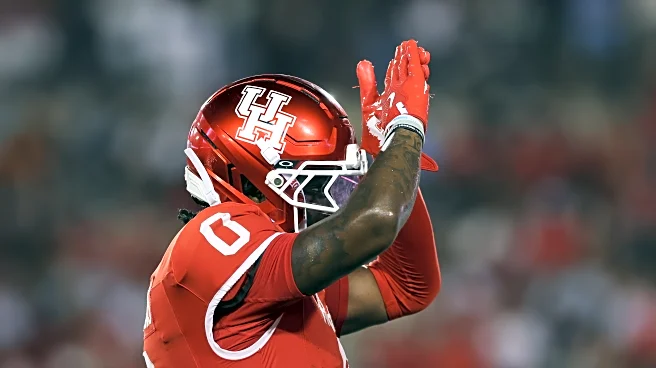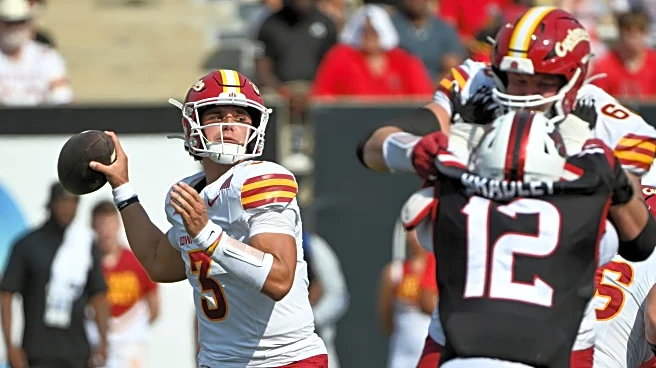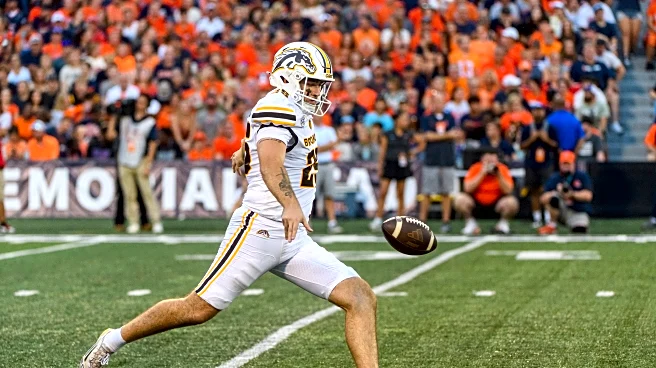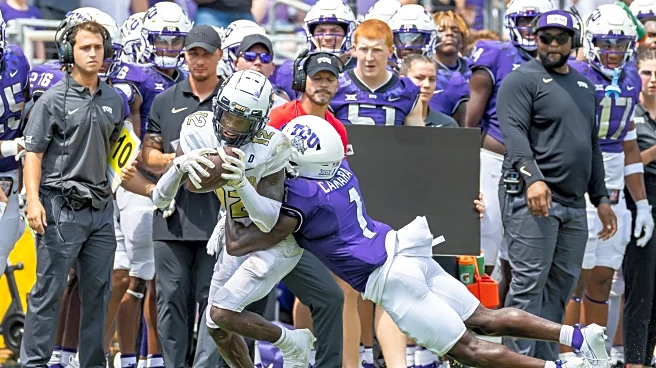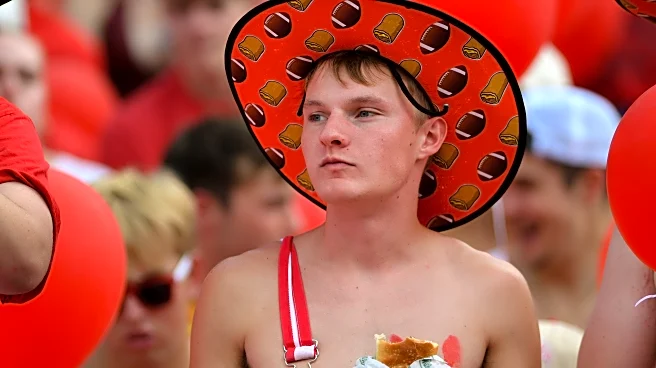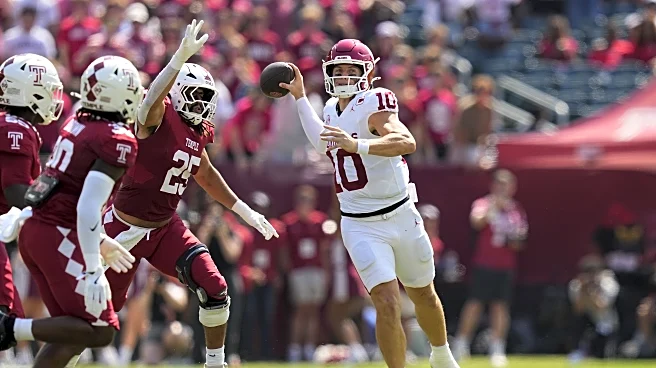Through four weeks, it’s been a rocky ride for the Colorado defense.
There have been some flashes and moments where the pass rush hit home or a linebacker filled the gap just right. A few players have stepped up when needed. But overall, the Buffs haven’t shown enough consistency on the defensive side of the ball. The run defense has been shaky, the coverage spotty, and sustained drives have become a recurring issue.
Let’s quickly recap how the Buffs have fared defensively so far.
Defensive Recap
According to PFF,
Colorado’s defense currently ranks 98th out of 136 FBS teams. That’s a middle-of-the-pack grade at best, but the individual breakdown gives more insight. The Buffs are ranked 51st in pass rush and 44th in tackling — two areas where they’ve shown flashes. On paper, the most prominent issue may lie in pass coverage, where they come in at 122nd.
In the opener against Georgia Tech, the defense was gashed on the ground. The Yellow Jackets piled up 320 rushing yards and beat the Buffs 27-20, despite Colorado winning the turnover battle. Quarterback runs were a nightmare all game, and the defense looked worn down by the fourth quarter.
Against Delaware, the Buffs tightened up a bit. They allowed 396 total yards, but just one touchdown. The passing defense gave up 312 yards through the air, which isn’t what you want to see against a lower-tier FCS opponent. The only silver-lining was the red zone defense stepped up and got stops when it mattered. It was a “bend but don’t break” effort, and it worked well enough to secure a 31-7 win.
The Houston game exposed old problems. The Cougars ran for 209 yards and dominated time of possession by nearly 14 minutes. The Buffs defense couldn’t get stops on early downs, and the offense didn’t do them any favors, punting six times and frequently leaving them with a short field or no time to rest.
Even in last week’s win over Wyoming, the defense gave up 347 yards — including 165 on the ground — and allowed too many drives to reach field goal range. They bent without breaking, but they weren’t dominant.
That’s been the story so far — flashes of promise buried beneath inconsistency. So where exactly are the breakdowns happening?
What Needs to Change
The secondary has taken a step back this year. With Travis Hunter now in the NFL, the Buffs needed someone to step up and lock down the other side of DJ McKinney. So far, no one has truly emerged. Makari Vickers has gotten the nod in recent weeks, but he’s still adjusting to the role. In the slot, Preston Hodge has had some moments, but penalties and missed assignments have hurt.
The issue isn’t just talent, as this group is often asked to do too much. The Buffs play a lot of press man coverage, and when defensive backs are left on an island as often as ours are, they’re going to give up some gains now and then. When we’re not in man, it’s usually a conservative nickel zone with light personnel across the board.
That leaves them vulnerable against teams that want to run the ball and control the clock, especially on early downs. When the defensive line gets moved on first down, it sets up everything. Second and short opens up the full playbook. Quarterbacks get clean looks, manageable reads, and rhythm. Not stopping the run is like a disease — it spreads, and its effects show up everywhere else on the field.
Colorado’s front seven hasn’t held up well enough in those spots. The edge rush has been solid, but the tackles are moved off the ball too often, leaving linebackers to clean up in space. Martavius French and Tawfiq Byard have been two of the lone bright spots. Both play fast and physical, but they’re often forced to cover too much ground when the line in front of them gets pushed back.
A personnel change might help. Defensive coordinator, Robert Livingston, may eventually look to add a third linebacker or an extra lineman on early downs could help clog up some of those running lanes and force offenses into longer yardage. The Buffs can still use nickel and sub-packages when needed, but they need more muscle on early downs. These heavier packages may also help Livingston simulate and disguise the pressures making reads harder on opposing coordinators and quarterbacks.
Outlook
This defense still feels like it’s trying to find its identity. The pass rush has been the most consistent part. Tackling has been hit or miss, but it’s not a glaring weakness. The bigger problem has been the combination of soft run fits and shaky coverage.
It all starts with winning first and second down — and to do that, you have to stop the run. That’s what sets up second and long, third and long, and forces quarterbacks into uncomfortable situations where they actually have to make a play.
Until that happens, this defense will keep living on the edge. And when Big 12 play heats up, that edge might be too thin.
